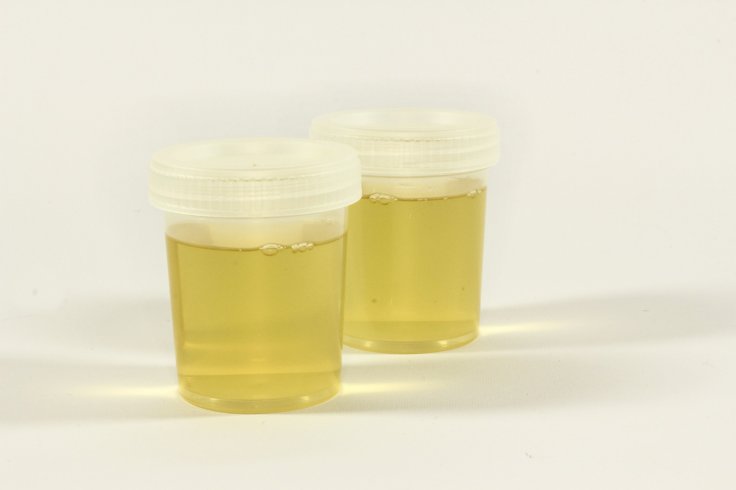A 61-year-old woman from Pittsburgh in Pennsylvania, US, has been diagnosed with an unusual medical condition as her urinary bladder has turned into a microbrewery. The woman, who has requested anonymity, also has diabetes and liver cirrhosis, and repeated tests for a liver transplant at the University of Pittsburgh Medical Centre Presbyterian Hospital found an unusual presence of alcohol in her urine.
Initially, the doctors believed it to be because of her secret alcohol addiction as liver cirrhosis is often associated with alcoholism. She was also advised to seek treatment for alcohol use disorder. However, the woman denied this and claimed of consuming it only rarely.
Urine test results were positive

Though her urine test results were positive, her blood tests came back negative for ethanol. Thus, the doctors decided to closely examine her urine. Following this, they found that her bladder had become colonised with a strain of yeast called Candida glabrata. It is a fungus, which is part of the normal human flora and closely related to brewer's yeast, Saccharomyces cerevisiae. They also found that the yeast sample from her bladder is capable to produce alcohol as she is also a diabetic patient.
The US woman has thus become the first known person to be diagnosed with 'bladder fermentation syndrome' or 'urinary auto-brewery syndrome'. Experts reveal that this condition is caused by the fermentation of yeast (found in her bladder) with sugar (due to the poorly controlled diabetes) in the urine.
"I think the biggest reason for the patient to develop this condition is her poorly controlled diabetes because the bladder environment with high levels of glucose is definitely an optimistic condition for the growth and activity of the yeast," Kenichi Tamama, Associate Professor of Pathology, told IFLScience.









